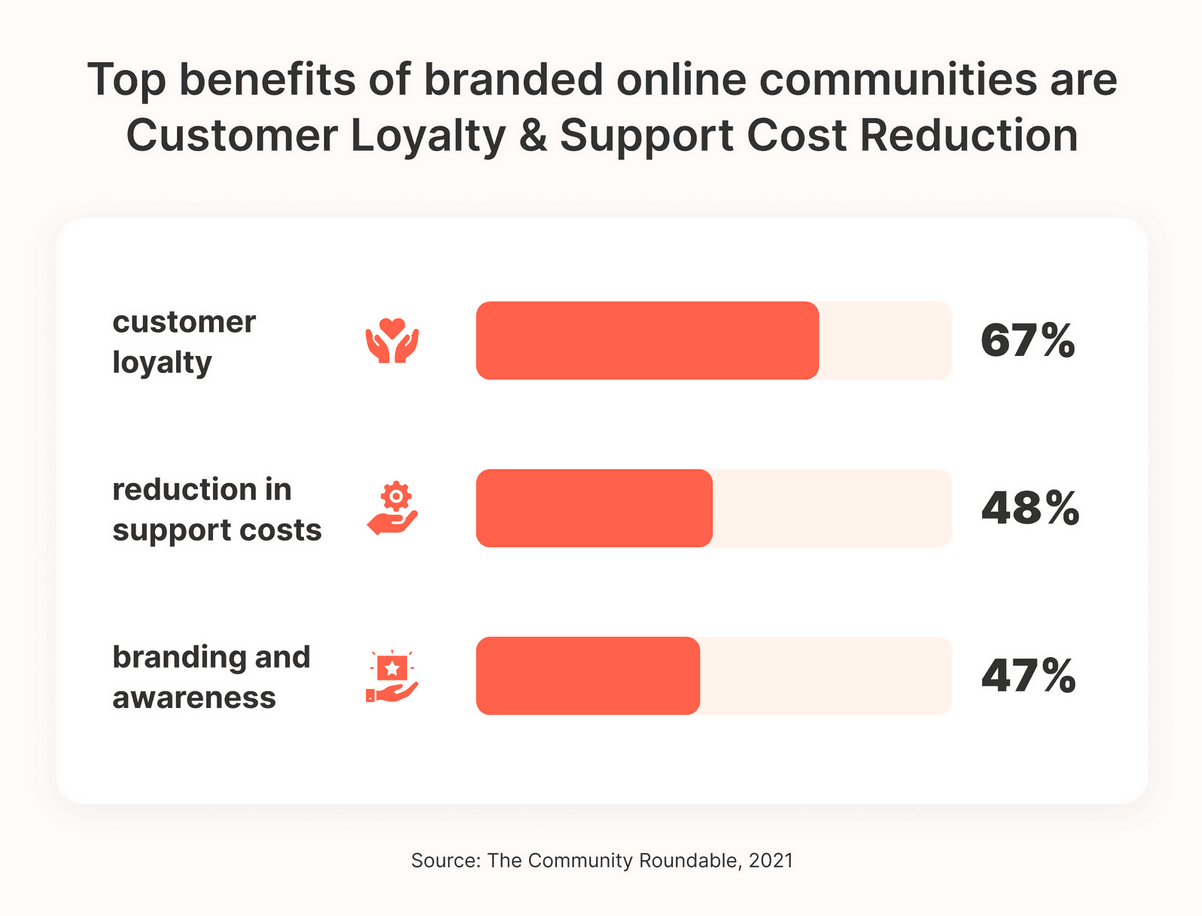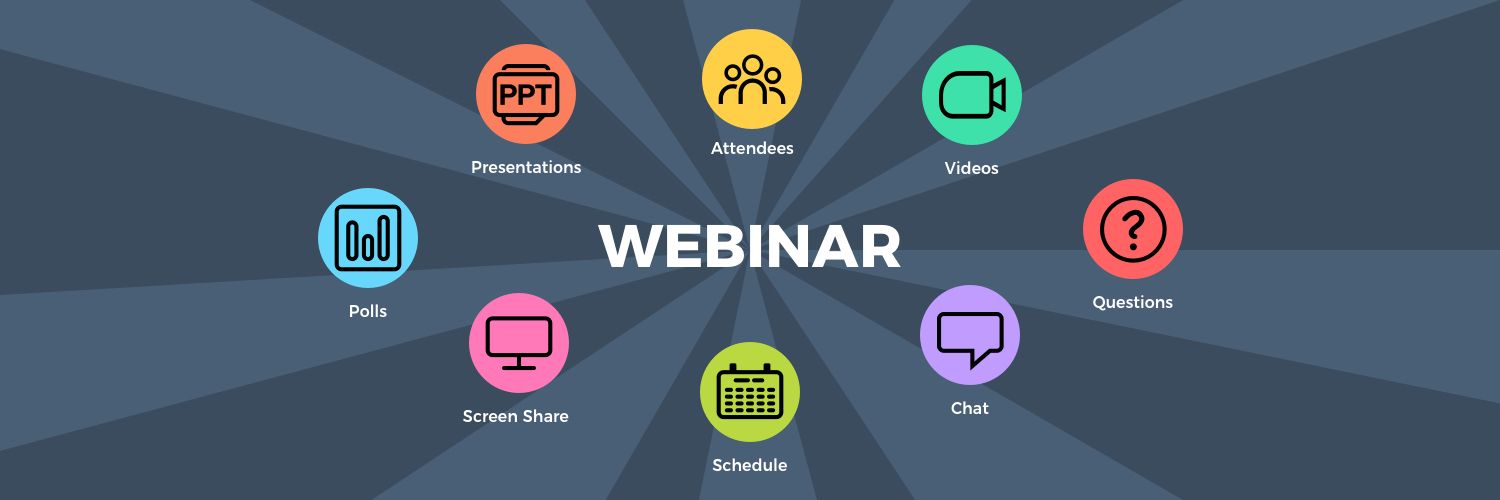Organizations across industries have embraced virtual events as a way to bring people together and create vibrant online communities.
Virtual communities are a powerful way to connect larger groups with no constraints.As per The Community Roundtable, 2021 study, top benefits of online communities are customer loyalty, lower support costs and brand awards.

The availability of advanced virtual event platforms has further given it a boost to think beyond basic virtual chat.
In fact, it’s emerging as quite a trend in 2022. With each event, you get a new wealth of content & community members.
We’ve put together some useful tips to help you get cracking on creating dynamic communities around your online event.
Building High-Energy Virtual Communities Around Virtual Events
Virtual events empower community building. It initiates rich conversations and interactions. Let’s look at how you can get it right.
Encourage group conversations in your virtual event:
When planning your virtual event, pick a platform that facilitates communication among your participants. Some key features should include roup chats, one-to-one interaction, video chats and speed networking.
These networking activities should be strategically interspersed between sessions. The idea is to provide attendees with a place to connect and communicate.
For example The Wall Street Journal adopted a virtual event format for its annual WSJ Health Forum, in 2020. Besides arranging interviews with healthcare experts and policymakers, WSJ integrated inter-active sessions like virtual lunch tables, LIVE Q&A, and one-on-one video networking for its 900+ attendees, using a seamless virtual event platform.
How to make group communications seamless during virtual events:
- Go Beyond basic live-streaming and simple chat. The format should be interactive and not a one-way communication
- Attendees must be given a glitch-free space to interact smoothly
- Use features in a mobile event app like private event walls , AI matchmaking , Interest-based suggestions to help attendees discover each other
Plan experiential activities during your virtual event
Fun activities like yoga sessions, games, and workshops help attendees interact in less formal virtual settings.
Event gamification, in particular, is a great way to add an experiential aspect to a virtual event and enable like-minded individuals to come together and form a community.
Unilever’s virtual pop-up event for SheaMoisture featured multiple activities like yoga, cooking, live music, and celebrity panels. To organise such a plethora of activities in a physical space would have been more challenging.
Enable interaction pre-event, at-event and post-event
A key part of community is they should not be restricted to only during events. So plan an engagement strategy across different stages of an event
Pre-event: A good way to build a pre-event buzz is to create a committee or an advisory board by picking people who have registered for the event. This will also create a sense of belonging and community before the main event.
During the event: Create videos, e-book, manuals, etc. (a sort of welcome activity/kit) to explain the event’s agenda, highlights, detailed event format. This can also be supplemented with tutorials on navigating the event platform/app, and the various scheduled activities.
Post-event: Capture important highlights of the event. Once an event is over make this content available both online and offline in the form of on-demand videos, recorded sessions, handouts, and journals. Appoint a community manager to ensure the community is active and interacting with each other even after an event is over.
Organize workshops
Plan workshops around the main event. Promote these workshops and enable participants to register for them in advance. This allows enterprises to segment like-minded individuals in groups and plan engagement activities that are specific to their interests, in order to foster a greater sense of community.
Use case: A university organized a conference to give its faculty and admission seekers insights into the various social causes it planned to undertake throughout the year. They also designed and organized individual workshops for every social cause, in order to help participants understand how to address various issues and find ways to fix them.
How workshops add power to virtual events
- Help segment attendees on the basis of their interests.
- Help marketers design meaningful activities and bring like-minded people to form thriving communities.
There are many more things that event managers can do to foster a sense of community around online events:
- Think in terms of a series of events instead of having a one-time focus. This will ensure that people return to the subsequent seasons of an event.
- Shift the focus from ‘sensory appeal’ that is the mainstay of in-person events to building an ‘emotional appeal’ by way of storytelling.
How virtual event platforms help build communities
The last two years have effectively demonstrated that tech-enabled event platforms also empower attendees to stay connected, even in the absence of in-person meetings. A versatile platform coupled with an effective event strategy has all the tools in its arsenal to keep an event’s momentum alive long after it’s over.
Closing Thoughts
When it comes to building a community around virtual events, the trick to getting it right lies in keeping your audience engaged so that they willingly sign up to be a part of a thriving community. Bringing on board a sophisticated and advanced virtual event platform can be a game-changer in building such communities effectively.





